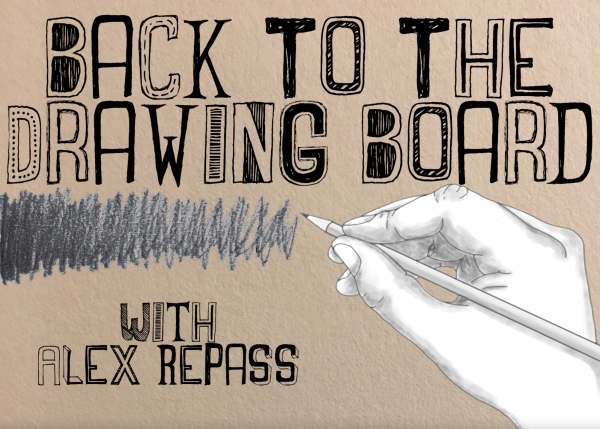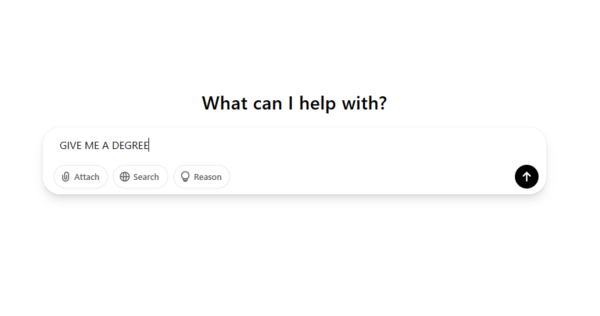Domestic violence abusers behind bars, law becoming more attentive to victims
Last year I attended a talk given by an attorney, Jessica Elumba, who specializes in prosecuting perpetrators of domestic violence. She was knowledgeable about all aspects of the issue: what kinds of behaviors are considered abuse, why victims have trouble getting out of an abusive relationship, what the legal system can do about domestic violence, etc. The first step in combating an issue is first learning about it, what causes it and what can be done about it. That being said, this article serves to educate people about domestic violence and what they can do to help stop the abusive cycle.
Domestic violence is defined by Elumba as the actual threat of physical, sexual or psychological abuse that occurs between dating partners, spouses or acquaintances.
The main reason why abusers engage in such heinous behavior is that they are seeking control. This control covers all aspects of the victim’s life: money, friends, whereabouts and children. Violent behavior is often triggered by a lack of control over the abusers part. In order to gain back this control, the abuser minimizes their abuse, isolates the victim and alternates between being incredibly loving and incredibly abusive.
Victim’s often stay with their abusers because the lack of resources is an internalized justification for the abuser’s behavior and/or a religious or cultural belief. These victims are completely justified in their fears, because as the research shows, a woman who leaves her batterer has a 75 percent chance of being injured or killed by them.
Studies show that victims are rarely able to escape their first try. On average, it takes a victim about five to seven attempts at leaving before they are finally successful.
In the past, when the police were involved in a domestic violence, they would merely separate the disputing parties. However, it has become increasingly more likely that the police will arrest the primary abuser. While measures do exist to put an abuser away in prison, there are also other ways that can be taken. While restraining orders can be viewed as a mere piece of paper, they do serve many purposes: giving law enforcement more tools to keep the victim safe, putting the defendant on notice and giving the victim access to resources.





